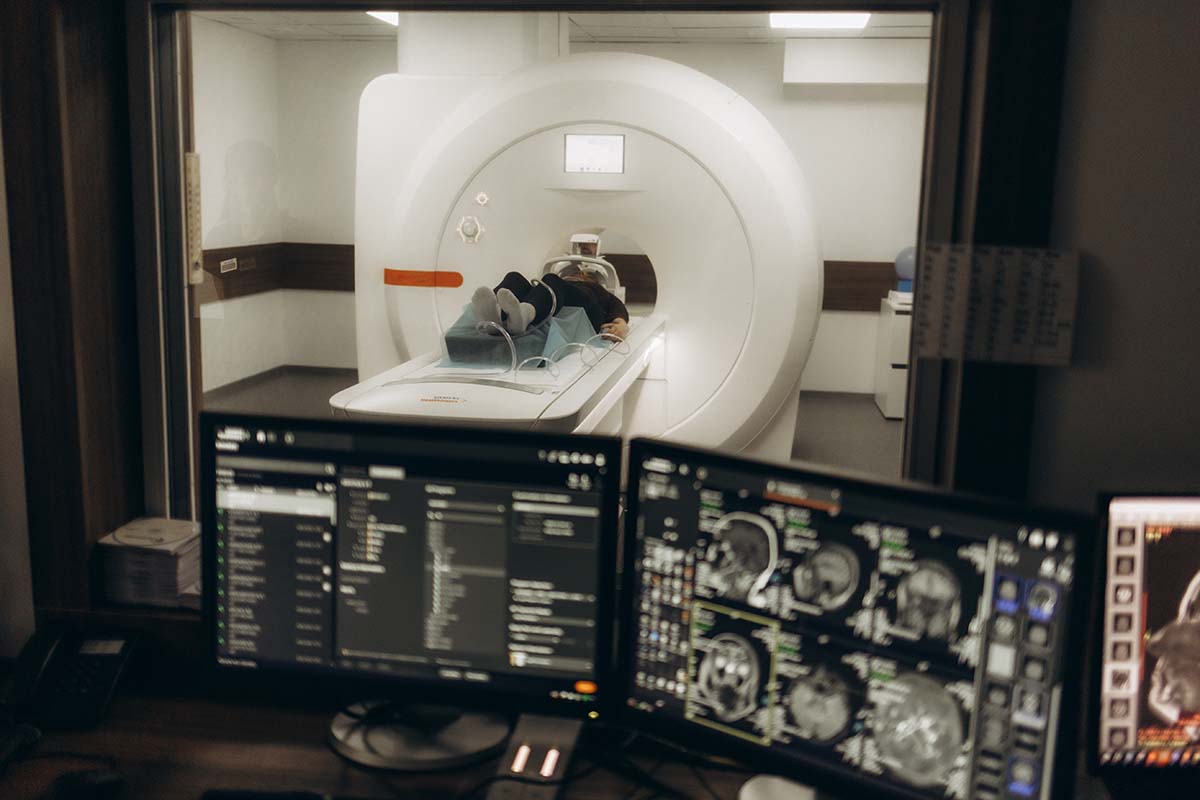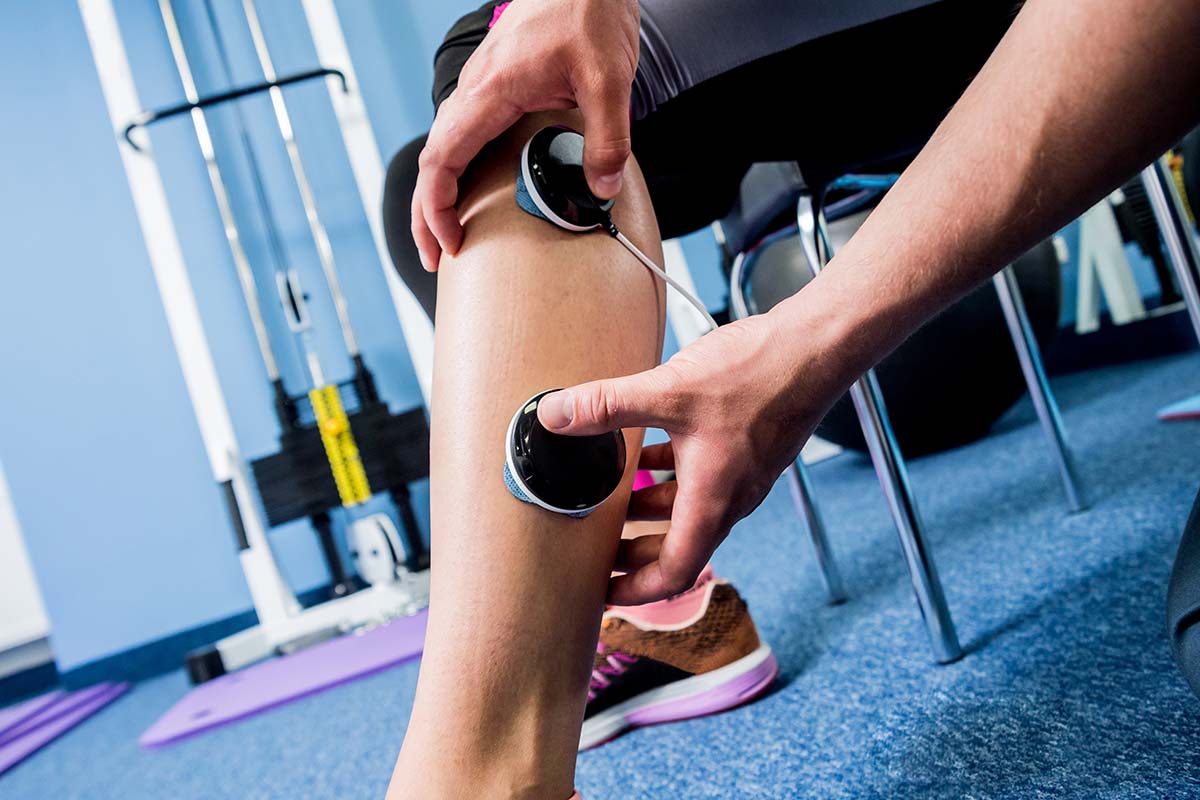How MRI Technology Is Changing Sports Medicine
Key Points
Accurate diagnosis – MRI scans detect fractures, ligament tears, concussions, and more with clarity other tools may miss.
Safe and non-invasive – MRIs use no radiation, making them one of the safest diagnostic tools for athletes of all ages.
Supports long-term health – Early detection and monitoring help athletes recover faster, prevent overuse, and improve performance.
With the fast-paced competition sports bring, it’s no wonder so many injuries are sustained by athletes of all ages.
Every day, athletes experience concussions, sprains, broken bones, soft tissue tears, and other injuries from engaging in sports.
These can occur from running, jumping, slipping, overuse, poor form, or even failing to use or using the wrong protective gear.
Magnetic Resonance Imaging, most commonly referred to as an MRI, is a diagnostic tool that has revolutionized how athletes are getting diagnosed and monitored for many of their sports-related injuries.
Below, we’ll go into an overview of the clinical applications of MRI technology in sports medicine, answering some of the most common questions.
You’ll get a better understanding of why an MRI scan might be necessary, what it can help detect, how it’s relevant to sports medicine, and its overall benefits.
Why are MRI Scans Becoming More Common Among Athletes?
Because of their ability to provide clear images of several parts of the body, including organs, tendons, muscles, and nerves, MRIs are commonly used for athletes.
The detailed images MRI scans produce make early diagnosis easy, allowing the injured athlete to get treatment before their condition worsens and to minimize their downtime from sports.
Other reasons for the popularity of MRI scans for athletes include an increase in the proactiveness of coaches and athletes in getting injuries assessed, along with a quick turnaround time for results.
In professional settings, MRIs are becoming more common as a means of prescreening athletes to ensure they’re healthy enough to perform.
They’re also often used to spot wear and tear early to help with the prevention of overuse injuries, especially in seasoned athletes who frequently train and perform.
How Has MRI Technology Advanced in Sports Medicine?
Compared to older MRI machines, newer technology is capable of completing scans quicker than ever before. Their imaging has also gotten clearer and more accurate as time has gone on.
The machines have also gotten more comfortable for claustrophobic patients, with some featuring wider openings or an open-style scan.
With the latter advancements, including the fact that southern utah mri machines are becoming more readily available, more sports medicine-related injuries are being diagnosed with MRIs.
What Can an MRI Help Detect in an Athlete?
An MRI scan has the ability to help medical professionals diagnose a host of conditions and anomalies.
They can reveal a wide range of musculoskeletal concerns such as stress fractures, ligament tears, damaged cartilage, and muscle strains.
Other conditions an MRI scan can help detect include concussions, traumatic brain injuries, disc herniation, heart valve issues, blood clots, fluid around the lungs, nerve compression, kidney masses, and more.
When Should an Athlete Consider Getting an MRI?
While ultimately a medical professional will decide if an athlete needs to get an MRI scan or not, there are multiple reasons that may point in the direction of getting one.
An MRI scan can help provide answers when an athlete is experiencing persistent pain, joints that frequently give out, recurrent swelling, or neurological symptoms like numbness or tingling.
An athlete may also need an MRI if they have experienced head trauma, inconclusive X-ray results, or are experiencing a complication after having surgery.
How Safe are MRIs?
A common misconception is that MRIs are dangerous.
The truth is, they’re one of the safest diagnostic imaging tools used.
Because they don’t use ionizing radiation, are non-invasive, and painless, they’re a trusted option for athletes and beyond.
However, MRIs can still pose some safety risks.
One of the biggest risks is wearing metal.
Make sure to remove all jewelry, metal objects, and advise your doctor if you have a metal implant like a pacemaker.
MRI machines are also very loud. A medical professional will provide earplugs or headphones for the patient to wear to protect their hearing.
If a contrast dye is injected into the patient prior to the scan, there’s a rare chance of an allergic reaction.
Patients with a severe form of kidney disease may experience a rare condition called nephrogenic systemic fibrosis, which causes the skin to become thickened and painful.
Can Athletes Be Sedated During an MRI Scan?
Yes, both athletes and non-athletes can be sedated during an MRI if necessary or as requested.
Sedation before an MRI is often provided for those with claustrophobia or other forms of anxiety, fidgety children, or those who experience involuntary movements due to an underlying condition.
There are different types of medications that may be provided.
A minimal sedation for mild to moderate anxiety can be provided orally.
A moderate sedation can be given via IV to keep the patient awake yet calm.
In special cases, the patient may be put into a deep sedation with general anesthesia, where the patient will remain unconscious during the scan.
What are the Long-Term Benefits of MRI Scans in Sports Medicine?
An MRI scan goes beyond bringing peace of mind for athletes after experiencing a sports-related injury.
It can also help them receive an accurate and quick diagnosis that other medical equipment may not be able to provide.
Athletes who receive an MRI scan after experiencing a sports injury are more likely to be able to get treatment before their condition worsens.
Wear and tear or underlying conditions the athlete didn’t know they had can also be revealed with this equipment.
With early diagnosis, the ability to monitor existing conditions, and improved treatment planning, having an MRI scan can ultimately lead to long-term benefits.
Athletes can reap better health, experience less idle time from sports, and even have improved sports performance thanks to prompt treatment for minor overuse injuries that would otherwise get worse later.
Conclusion
With the growing risks of engaging in sports, it’s no surprise to learn that MRIs are becoming more common among the athletic population.
The good news is, MRI technology is not only safe, but it has transformed the way injured athletes receive medical attention.
From proper diagnoses to ease of monitoring, MRIs make it more efficient to assist wounded athletes.




















